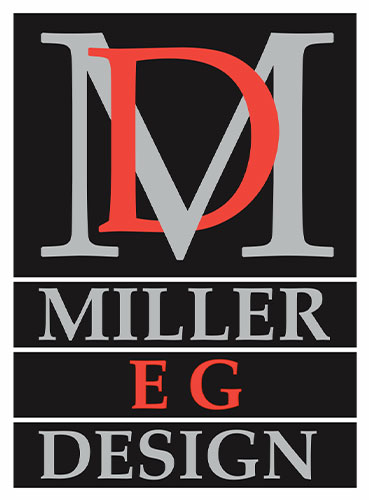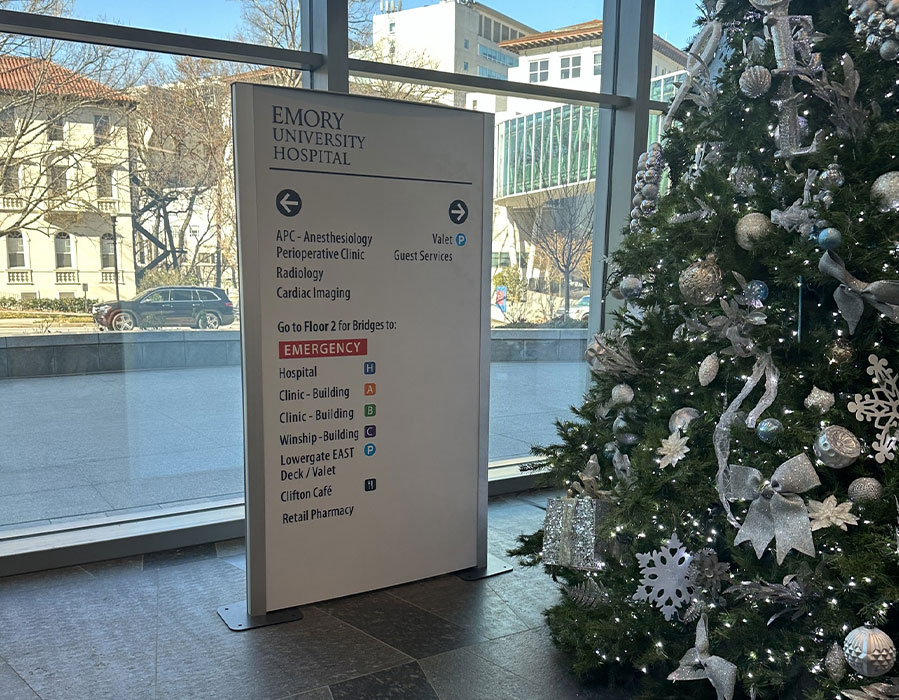The Wayfinding article on “Human Factors of Wayfinding in Navigation” by Daniel R Montello found on researchgate.net delves into how cognitive, spatial, and sensory elements influence effective navigation in environments. It underscores that human-centered design is critical in creating wayfinding systems, as they must cater to a variety of users with different capabilities and needs. Key insights include the importance of clear visual cues, intuitive layouts, and signage that helps users form mental maps of spaces. This complements an understanding that wayfinding is not just about signs but also about shaping experiences in physical spaces.
Miller EG Design’s approach to wayfinding, as highlighted in their Better Wayfinding document, resonates strongly with the principles outlined in the article. Miller EG Design’s projects focus on creating both interior and exterior signage systems that simplify navigation while enhancing user experiences. For instance, Miller EG Design’s collaboration with various hospitals, including Emory and Piedmont Atlanta Hospital, showcases how signage can improve both functional navigation and patient experiences, something the article stresses as vital to making environments accessible for all.
Furthermore, the article’s emphasis on experiential and environmental factors aligns with Miller EG Design’s commitment to Experiential Graphics. These graphics don’t just direct people but aim to immerse users in a place’s identity and culture, enhancing the space’s sense of place. Projects like those in Historic Yorktown, where Miller EG Design incorporates elements of the local historical narrative into signage, reinforce the idea that wayfinding can be both practical and evocative.
Miller EG Design excels in integrating human factors into their wayfinding systems, ensuring accessibility and experience-driven navigation, as advocated by both the research article and their design philosophy.
Source https://www.researchgate.net/publication/264885117_Human_Factors_of_Wayfinding_in_Navigation
Source https://www.researchgate.net/publication/264885117_Human_Factors_of_Wayfinding_in_Navigation

